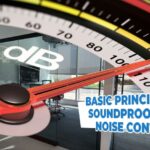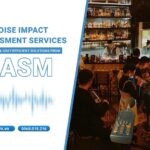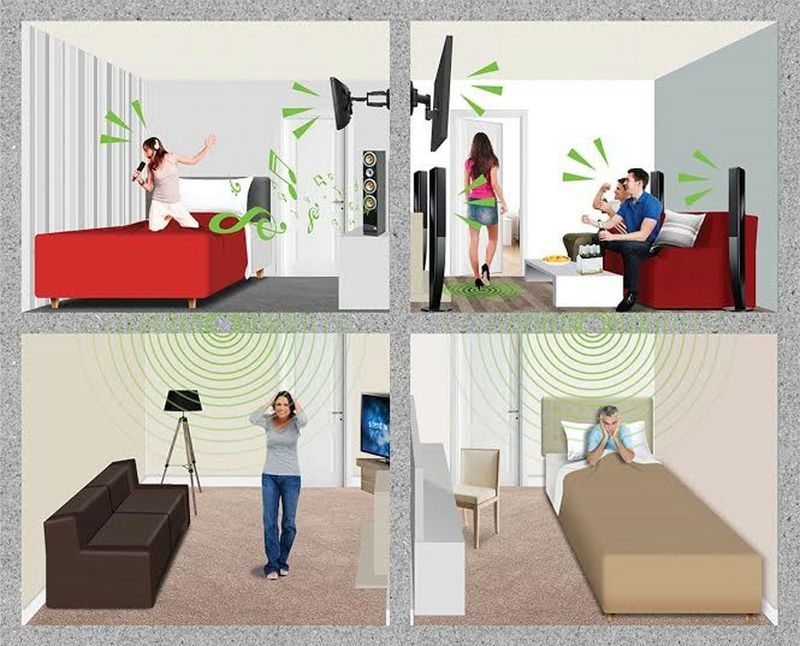
Airborne Sound and Impact Sound: What’s the Difference?
Airborne Noise
Airborne sound refers to noise transmitted through the air, such as music, speech, or television sounds. This type of sound is the most common and is what people typically think of when they consider noise.
DASM Certified for Acoustic Testing Activities
Soundproofing Test of Remak® XPS Foam in an Impedance Tube at DASM
Impact Sound
Impact sound, on the other hand, occurs when vibrations from sound travel through a material that isn’t air and happen when two or more objects collide. Examples include the noise of a construction hammer, a ball bouncing on the floor above you, or water running through pipes. Impact noise can travel through structures, which is why it’s often called structure-borne sound.
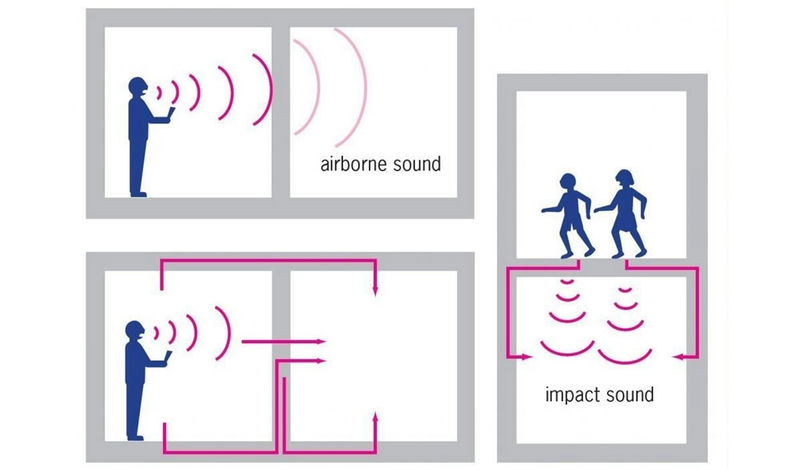
How to Test Soundproofing?
Here’s a quick overview of the sound testing methods we commonly perform:
Airborne Sound Testing
Airborne noise testing is conducted on walls and floors. First, a controlled noise is generated using amplifiers and speakers over a wide frequency range. The noise level is intentionally high, often exceeding 100dB. Initial measurements are taken with a class 1 sound level meter in the ‘source room,’ followed by subsequent measurements in the ‘receiving room’ on the opposite side of the wall or floor being tested. The position of the speaker in the source room is then altered, and measurements are repeated on both sides of the test partition. Additional noise measurements are taken with a class 1 sound level meter in the receiving room, adjusted to account for external noises such as traffic.
Similarly, reverberation time (the time it takes for the sound to drop 60dB) is measured in the receiving room using the sound source and the sound level meter to apply necessary corrections for room characteristics and absorption abilities. The difference in airborne sound levels (for walls and floors), adjusted for surface properties and reverberation, will determine the sound insulation performance of the wall or floor. The greater the difference in airborne noise levels between the source room and the receiving room, the higher the airborne noise insulation performance.
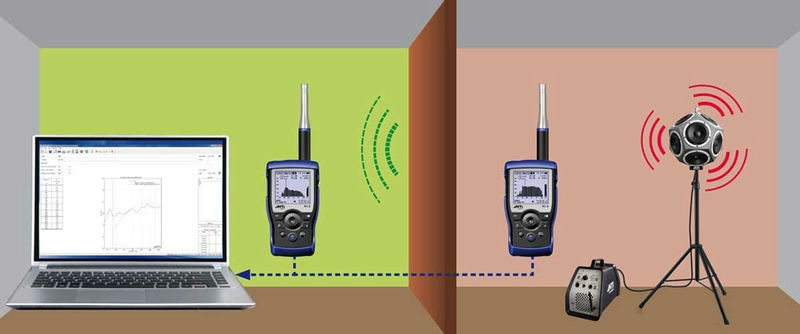
Impact Sound Testing
Impact noise testing is typically carried out only on floors. This test differs in that a calibrated “tapping machine” by Norsonic is used, consisting of five “hammers” that are controlled up and down by cams and electric motors to “tap” the surface of the floor with a known force. The machine is placed at predetermined positions. The resulting noise is measured in the room below, using a sound level meter. Surrounding noise measurements are then taken using a class 1 sound level meter in the receiving room and used to adjust for external noises like traffic.
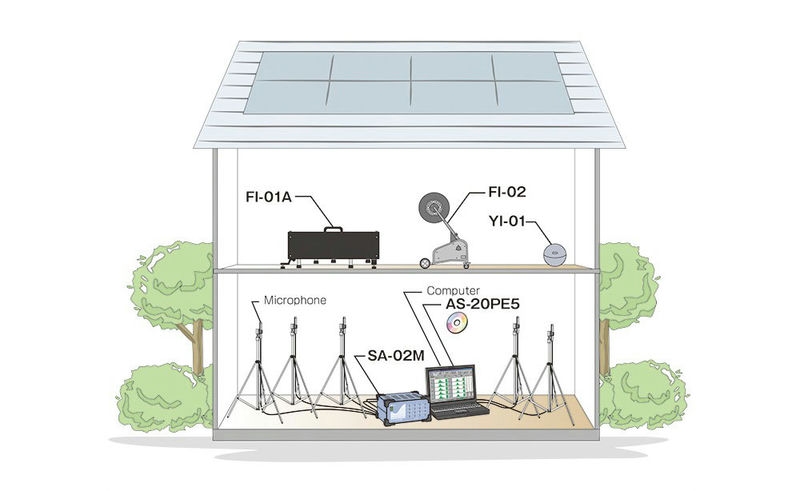
Similarly, reverberation time (the time for sound to decay by 60dB) is measured in the receiving room using the sound source and sound level meter to determine the necessary adjustments for room characteristics and absorption capacities.
DASM is proud to be a capable and experienced unit capable of conducting in-depth acoustic testing. We can accurately measure both airborne and impact noise, helping to assess sound quality in various environments and structures. With modern equipment and our team of experienced experts, DASM is committed to providing precise and reliable results, serving customers’ needs in optimizing sound conditions and minimizing the negative effects of noise.


